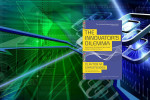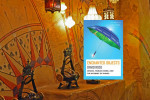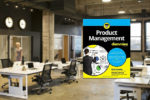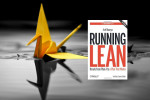Information Appliances – A solution to product complexity
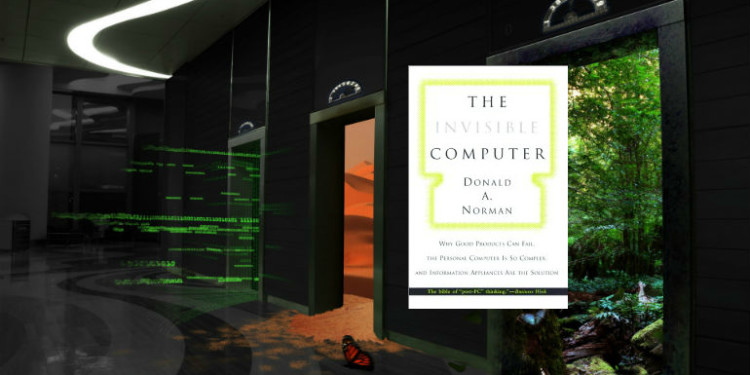
Information appliances which are interconnected, simple, versatile and provide pleasure to their users will disrupt conventional computers which currently have poor user experiences.
The Invisible Computer by Donald A Norman
This book weaves together three themes: product complexity, weaknesses of personal computers, and the concept of an information appliance. Norman’s focus is the personal computer as it was available in 1998 when the book was written. However, many of his observations and predictions have proven to be on the mark from the 2012 vantage point. He uses many early 20th century technologies as examples of disruptive patterns, standards adoption and poor usability design. Human-centered design figures prominently in the book as an antidote to the Swiss-Army knife approach that has led to the the personal computer as describes in the book.
Norman devotes several chapters to dissecting the weak points of personal computers: complexity, general use features, and a business model based on planned obsolescence. He also points out that the traditional graphical user interface, which was initially developed to surface all available functions and options, cannot scale to accommodate the massively complex software systems which are now being produced.
In The Invisible Computer: Why Good Products Can Fail, the Personal Computer Is So Complex, and Information Appliances Are the Solution, Donald A. Norman describes his ideal information technology product: single purpose, highly interconnected, simple, easy to use, and a pleasure to own. His vision contains parts of ubiquitous computing and current mobile technology.
Technology Adoption Lifecycle
As long as the technology’s performance, reliability, and cost fall below customer needs, the market is dominated by early adopters…but the vast majority of customers are late adopters. They hold off until the technology has proven itself, and then they insist upon convenience, good user experience, and value.
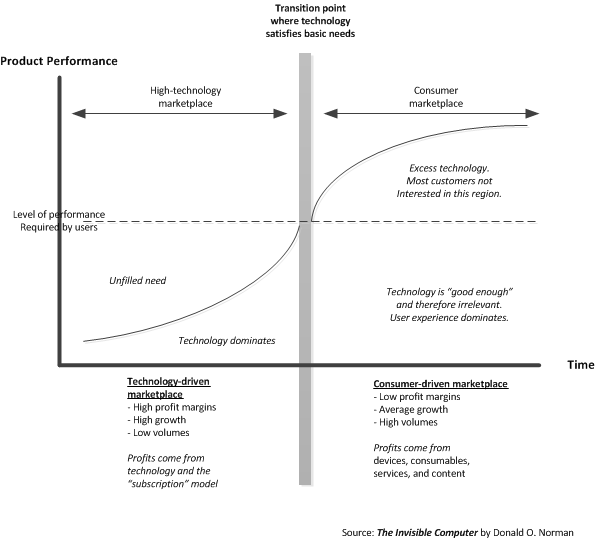
Norman uses the Technology Adoption Life cycle to illustrate the mistakes companies make as they introduce technology products to the market. Frequently, products are sold and marketed using the wrong emphasis which is out of synch with the life cycle phase for the technology. Norman blends Clayton Christensen’s performance curve with Geoffrey Moore’s Technology Adoption Life cycle to indicate how products should be brought to market. In the early stages of the technology life cycle, early adopters are looking for a solution to a specific problem and anything that helps them will be sufficient. As the technology begins to get traction in the market, explaining the benefits and creating effective messages becomes more important so marketing becomes a primary activity. Eventually, as the product matures and hits the mainstream market, usability is at a premium, and then user experience design skills join technology and marketing to form the three legs of the stool. He argues that information appliances are more at home in the consumer marketplace than they are in the high-technology marketplace.
The principle here is “Know your customer. Being first, being best, and even being right do not matter; what matters is what the customers think.” For infrastructure technologies, something Norman addresses several times in the book, it’s just important be be good enough.
Analog versus Digital
The dilemma facing us is the horrible mismatch between the requirements of these human-built machines and human capabilities. Machines are mechanical, we are biological. Machines are rigid and require great precision and accuracy of control. We are compliant. We tolerate and huge amounts of ambiguity and uncertainty, very little precision and accuracy.
The mismatch between the way information is processed by computers and the way it is processed by humans is for Norman the source of much of the poor user experience design. He seeks a complementary interaction between the two fundamentally different systems. Today, he writes, “the designers determine the needs of the technology and then ask people to conform to those needs.” This mismatch is the source of much frustration with technology products.
Easy and Difficult
Much of the book is devoted to ease of use and exploring how to make technology fit well in our lives.
A feeling of control, a good conceptual model, and knowledge of what is happening are all critical to ease of use. The controls must be recognizable, it must be easy to remember their function and operation, and they must provide immediate and continual feedback about the state of the system.
When is something difficult? When the controls and actions seem arbitrary, when the system can get itself into peculiar states, peculiar in the sense that the person using it does not know what it it doing, how it got there, and how to recover.
Understanding a technology is paramount for its usability. Norman writes that “understanding comes about when the system presents a clear conceptual model of itself, making the possible actions apparent.” Using our natural pattern-seeking behavior in new situations, “we look for familiar patterns, we look for any signs that might direct us, and we try to make sense of whatever happens.”
Disrupting the Personal Computer
Norman sees information appliances as the antithesis to personal computers and as a true disruptive technology. Computer manufacturers and companies within the PC ecosystem find it hard to turn away from their core products and business models in favor of a new approach. However, the personal computer industry, at the time of this book’s writing, was in its mature phase and the focus on technological firepower and feature-rich products needed to give way to simplicity and user centered design.
Information Appliances
Information appliances should be thought of as systems, not isolated devices. The goal is to provide solutions for the consumer, not just electronic gadgets. The physical devices is only piece of the entire story. The successful business will provide all the pieces. Those pieces include consumables, content, and services.
Norman effectively bases his information appliances on “jobs to be done“, Clayton Christensen’s fundamental principle of product and service development. We don’t want to do word processing, or work with databases or spreadsheets, we want to write letters, print pictures, or find answers to financial questions. Norman’s ultimate design aesthetic is for infrastructure (technology) to remain invisible, or at least in the background. The task, or job, that the person wants to do should be in the foreground of the product. A Swiss Army knife symbolizes the product that tries to do too much and, in the process, ends up doing nothing well. Norman acknowledges the tradeoffs between the convenience of a multi-purpose product and the power of a single-purpose product.
Information Appliances are special-purpose products which are used for single “jobs to be done”; for example, a camera, digital music player, or MIDI instrument. Examples from healthcare include home medical devices such as specific blood test units, heart monitors, and breath analyzers. Other possibilities include automobile guidance systems and home finance centers for paying bills, reviewing finances, and paying taxes.
An important attribute of Information Appliances is the ability to communicate with other Information Appliances. Applications on personal computers are valuable because they can create more value by exchanging information between one another and transforming inputs. Information Appliances such as digital musical instruments can use standards like MIDI to create a more valuable network than singular, self-enclosed systems.
Norman illustrates the invisibility of technology principle with the history of automobile and electric motors. In early cars, the engine interface was highly exposed and required several adjustments (spark, choke, crank) in order to start. Now, automobile engines can be started literally by pressing a button. Likewise, electric motors are present in many common devices, but their presence is not explicit–they are effectively hidden. Norman contrasts these technologies with personal computers which expose an enormous amount of their complexity to the user and demand a high level of expertise to operate.
Norman outlines three design principles for Information Appliances:
1. Simplicity: The complexity of the appliance is that of the task, not the tool. The technology is invisible.
2. Versatility: Appliances are designed to allow and encourage novel, creative interactions.
3. Pleasurability: Products should be pleasurable, fun, enjoyable. A joy to use, a joy to own.
The power of specialized information appliances comes from their ability to be interconnected. Information can be exchanged between them and they can be combined to perform more powerful tasks.
So long as the personal computer industry is in a mature phase of its life cycle, but continues to produce products as if it was in its early stages, it is ripe for disruption by single-purpose information appliances. Usability problems with personal computers arise not only from this mismatch in needs relative to life cycle position, but also from organizational and structural issues in the companies which produce them. Norman wants to bring human centered design to these products and push the technology to the background. He devotes an entire chapter to several organizational approaches for injecting better product design into a company’s DNA.
More on information appliances
Appliances of the Future (Donald Norman’s jnd.org blog)

